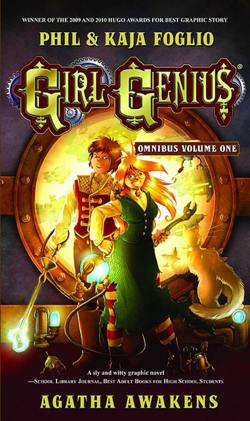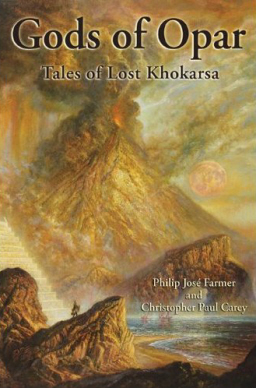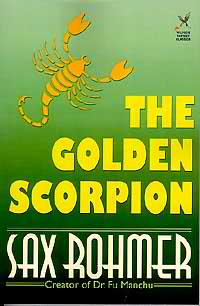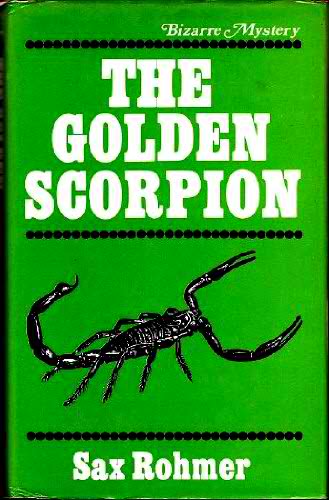 Revisiting the stories of Ray Bradbury has been a lot like sitting down to revisit Twilight Zone episodes. I don’t just mean the twist ending, though there is that. I mean the other things – the misanthropic critic/hero/rebel who talks for a long while, perhaps too long, about the troubles of society, of humanity. The mirror held up to show us ourselves as we once were when all men wore hats and all women wore dresses. The sad realization that while there are cool and brilliant bits, our sense of pacing has changed, and that having experienced enough of these stories, we get the sense of how an unfamiliar one will end.
Revisiting the stories of Ray Bradbury has been a lot like sitting down to revisit Twilight Zone episodes. I don’t just mean the twist ending, though there is that. I mean the other things – the misanthropic critic/hero/rebel who talks for a long while, perhaps too long, about the troubles of society, of humanity. The mirror held up to show us ourselves as we once were when all men wore hats and all women wore dresses. The sad realization that while there are cool and brilliant bits, our sense of pacing has changed, and that having experienced enough of these stories, we get the sense of how an unfamiliar one will end.
I loved Ray Bradbury’s stories as a child. I remember the thrill of picking up one of his short story collections because you’d never know what you’d get, story to story, and the titles rarely told you. Would it be a horror story, something from ancient China? A space adventure? Would the ending be dark, or light? In grade school, it was always a profound relief to find a Ray Bradbury tale in the school literature readers, for you knew you’d be transported to some interesting place.
Fired by nostalgia, wanting to celebrate my first favorite author, I read The Martian Chronicles for the first time in 30 years, and then I began to work my way through The Stories of Ray Bradbury, which collects 100 tales, many of which I’d never read.
And I discovered that I couldn’t go home again. I keep setting the book aside, then coming back to try just one more, to see if I could recapture the old thrill.
It’s not Bradbury who changed – the words are still threaded together with that same poetic skill. The messages are still poignant or powerful, depending upon the tale. Yet I can’t lose myself in them anymore. I want to – God, how I want to – but I just can’t fall through the words and get lost in the wonder. I must have found him at just the right age. And now, I think, I must have gotten old. Morosely, I have set the book aside, and I am not sure I will return.
Howard Andrew Jones is the author of the historical fantasy novels The Desert of Souls, and the forthcoming The Bones of the Old Ones, as well as the related short story collection The Waters of Eternity, and the Paizo Pathfinder novel Plague of Shadows. You can keep up with him at his website, www.howardandrewjones.com, and keep up with him on Twitter or follow his occasional meanderings on Facebook.
 Saladin Ahmed‘s been very, very busy as his career takes off after the success of Throne of the Crescent Moon, the first novel in an exciting new Arabian fantasy series that received starred reviews from Kirkus, Publishers Weekly, and Library Journal, so I was lucky that he was able to take the time for an interview.
Saladin Ahmed‘s been very, very busy as his career takes off after the success of Throne of the Crescent Moon, the first novel in an exciting new Arabian fantasy series that received starred reviews from Kirkus, Publishers Weekly, and Library Journal, so I was lucky that he was able to take the time for an interview.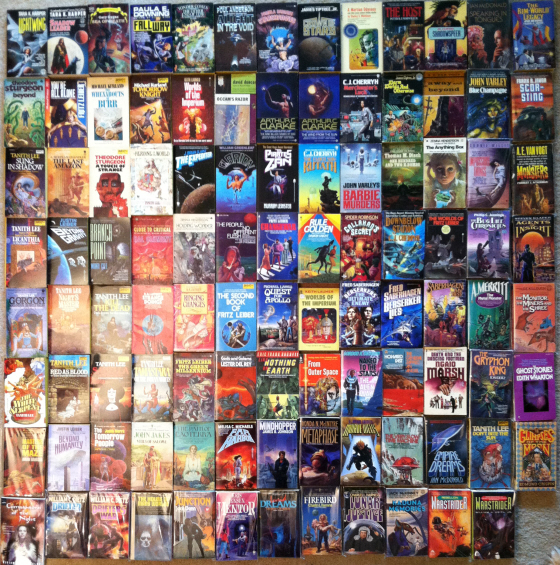
 Revisiting the stories of Ray Bradbury has been a lot like sitting down to revisit Twilight Zone episodes. I don’t just mean the twist ending, though there is that. I mean the other things – the misanthropic critic/hero/rebel who talks for a long while, perhaps too long, about the troubles of society, of humanity. The mirror held up to show us ourselves as we once were when all men wore hats and all women wore dresses. The sad realization that while there are cool and brilliant bits, our sense of pacing has changed, and that having experienced enough of these stories, we get the sense of how an unfamiliar one will end.
Revisiting the stories of Ray Bradbury has been a lot like sitting down to revisit Twilight Zone episodes. I don’t just mean the twist ending, though there is that. I mean the other things – the misanthropic critic/hero/rebel who talks for a long while, perhaps too long, about the troubles of society, of humanity. The mirror held up to show us ourselves as we once were when all men wore hats and all women wore dresses. The sad realization that while there are cool and brilliant bits, our sense of pacing has changed, and that having experienced enough of these stories, we get the sense of how an unfamiliar one will end.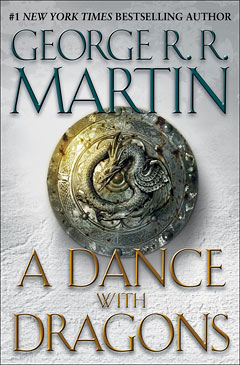
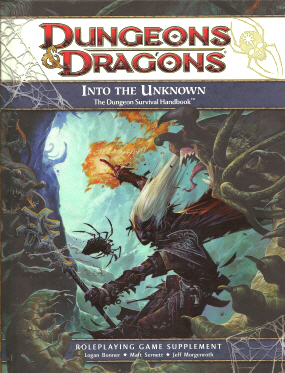
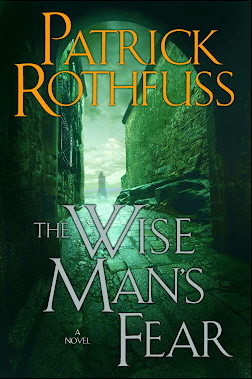
 I recently reviewed
I recently reviewed 